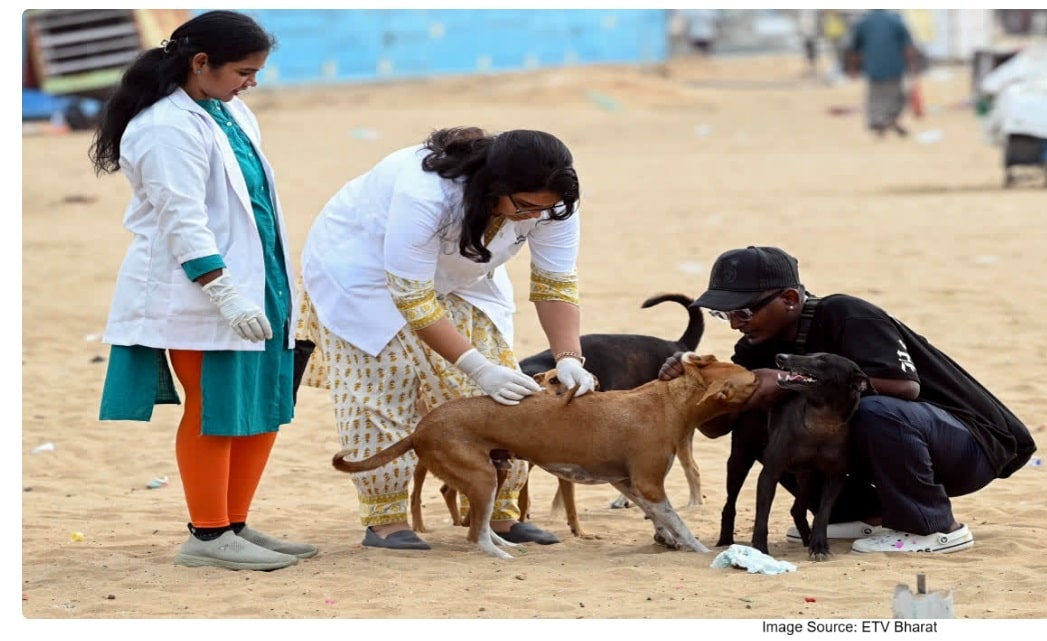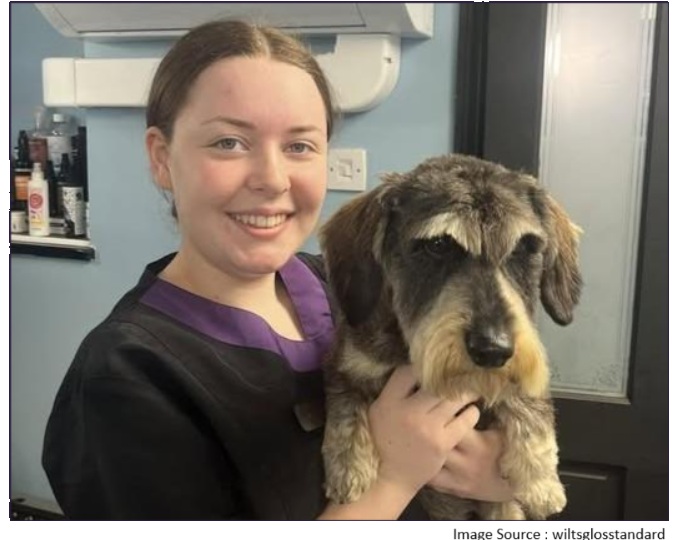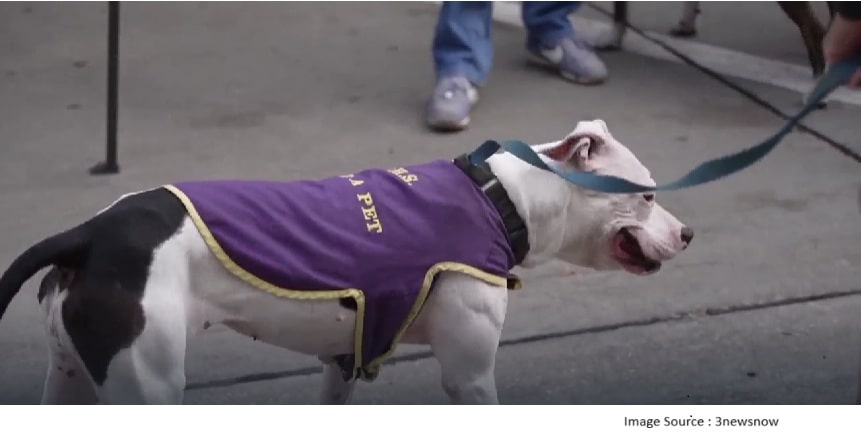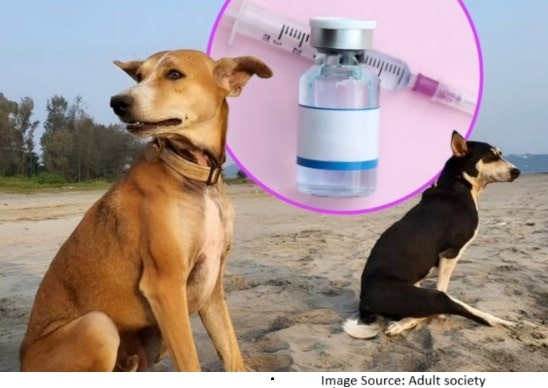Animal Foundation releasing hundreds of unsterilized dogs and cats a month
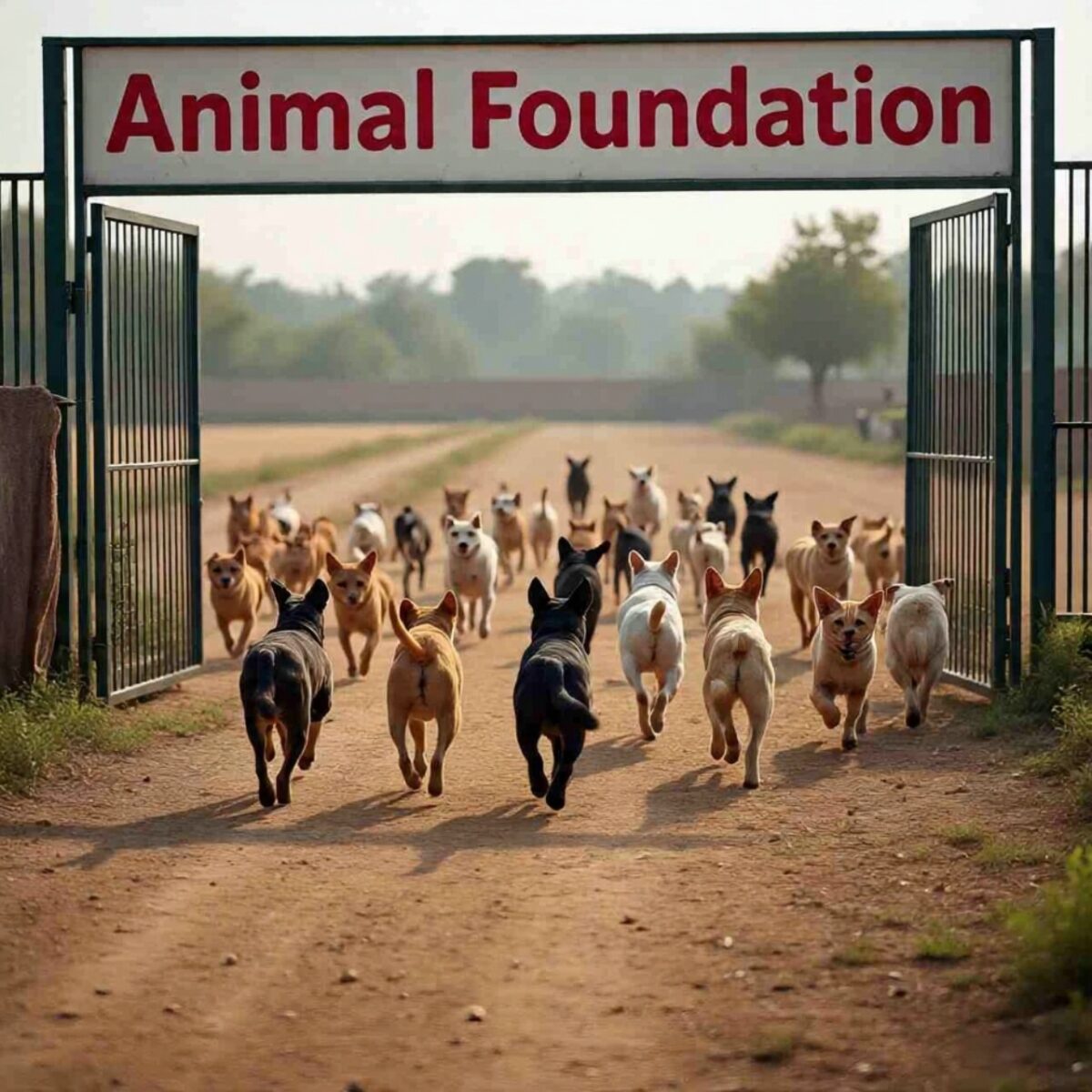
Animal Foundation, Southern Nevada’s biggest government-funded animal shelter, acknowledges that unsterilized pets are released routinely to foster homes. This practice violates local ordinances and government contracts under which the shelter operates, which prohibit the placement of any animals older than four months that have not been sterilized.
An animal release list furnished to Nevada Voters for Animals indicates that 300 to 350 unsterilized pets were released by TAF each month of May and June under platforms called Foster-to-Adopt. This program is used by the shelter to transfer animals not sterilized, with an assurance given to the foster parent that the animal would be brought back for surgery.
Last month, Las Vegas Councilwoman Victoria Seaman asked the Animal Foundation how many of the unsterilized pets released had been sterilized prior to leaving the shelter.
According to an email sent by TAF’s Chief Operating Officer, Terran Tull, the shelter is “unable to fulfill this request as it would require manually searching and verifying the sterilization status of each individual animal listed.”
Tull admitted that “the overwhelming majority of animals released as fosters to adopt in the timeframe referenced were unaltered at the time of placement.” This confirms that unsterilized pets released through the program are becoming more common. It was developed to alleviate the backlog in veterinary surgery access and to expedite getting animals into homes—especially when surgical appointments are limited or delayed.
Sterilizations at TAF have decreased from 17,526 in 2018 to 11,689 last year. Animal activists argue that the rising number of unsterilized pets released into the community contributes to an ongoing cycle of overpopulation and unintended breeding.
Bryce Henderson, founder of No Kill Las Vegas, has yet to comment directly but suggests that The Animal Foundation is exploiting a legislative loophole by labeling the release of unsterilized pets as “foster-to-adopt” rather than formal adoptions. However, TAF has contracts with Clark County, Las Vegas, and North Las Vegas that clearly state: “TAF shall cause to be spayed or neutered in accordance with applicable law any cat or dog that is transferred by TAF to, or adopted by, any person or organization.”
However, the Association of Shelter Veterinarians’ approval of foster-to-adopt programs comes with the following stipulations:
1. Shelters ought to sterilize all animals prior to adoption or guarantee sterilization afterward.
2. Shelters that engage in post-adoption sterilization shall have methods of tracking unaltered animals
3. There shall be sufficient staff to provide the support for the foster programs in care of the animals;
4. Records shall be kept for animals placed in foster care;
5. And animals in foster care shall be assessed on a regular basis by shelter personnel with decision-making authority.
Foster-to-adopt arrangements have become more common since the pandemic. During that time, many shelters suspended spay and neuter requirements to encourage adoptions and reduce PPE usage. However, not all shelters have continued this policy.
A spokesperson for the City of Henderson stated:
“The City of Henderson does not release unsterilized animals to the public under foster-to-adopt arrangements. We ensure that all animals adopted through our shelter are spayed or neutered. It’s part of our commitment to responsible pet ownership and population management.”
For animals too young for surgery, the city places them in its internal foster program. This program is only available to City employees and registered volunteers.
Lori Heeren, Executive Director of the Nevada Society for the Prevention of Cruelty to Animals (NSPCA), explained:
“We use foster-to-adopt mostly for kittens and puppies. If managed well, and backed by proper government funding, these programs can help reduce pet homelessness.”
Clark County spends over $10 million in taxpayer funds each year to support the Animal Foundation (TAF).
According to Heeren, the NSPCA’s foster department is well-organized.
“We make sure animals come back for spay and neuter surgeries,” she said. “If foster parents don’t respond, we contact Animal Control and the police. These animals are still our property.”
In contrast, TAF only sends a letter.
Bryce Henderson, of No Kill Las Vegas, criticized TAF’s policy:
“I don’t want dogs euthanized just because the shelter didn’t have time to spay or neuter them. This approach has hurt the community and overwhelmed local rescues.”
Henderson believes TAF is violating standards set by the Association of Shelter Veterinarians. He claims the policy undermines ongoing efforts to control the pet population.
One woman received her first contact from TAF via email on July 6, after fostering a dog.
“We’d love to know how the dog is doing in foster care,” the email read. “Let us know if you’re adopting or have found another adopter. Either way, please get in touch.”
She responded that she wanted to adopt the dog. A week later, TAF emailed again, asking her to schedule surgery.
“I told them I had my vet do it months ago,” she said.

